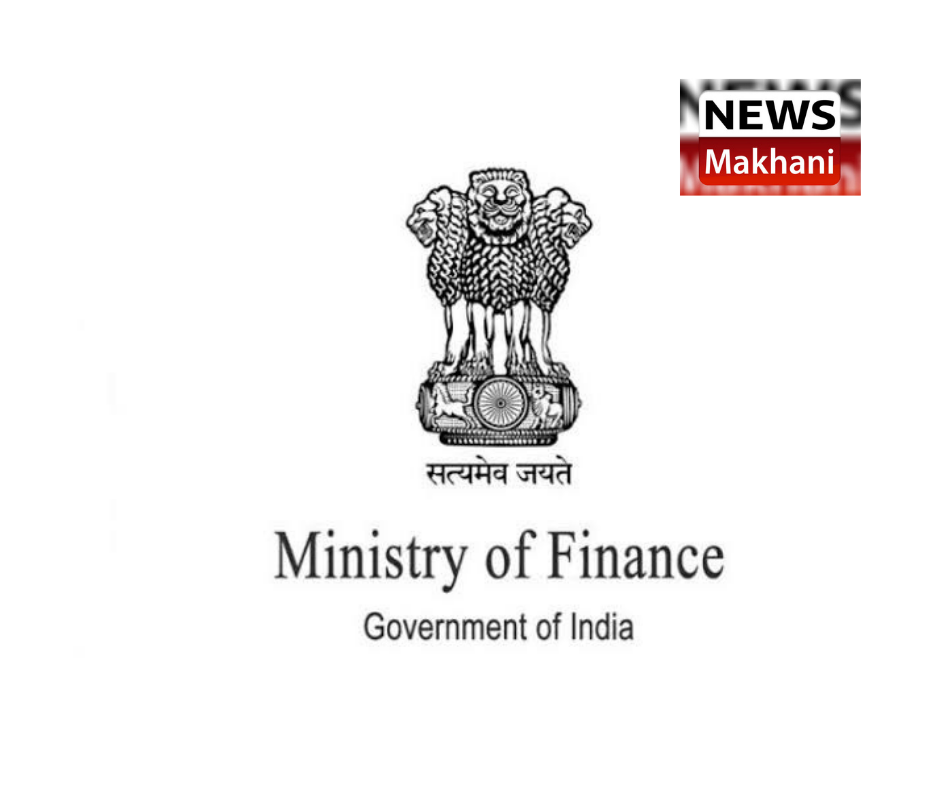Pandemic’s Impact on Economy: Weak Revenue Flow Combined with High Expenditure on Essential Relief
Revised estimates (RE) 2020-21 for expenditure AT 34.50 lakh crore as against budgetary estimates (BE) 2020-21 of 30.42 lakh crore
BE 2021-22 for expenditure at 34.83 lakh
Revised Estimates (RE) 2020-21
Smt. Sitharaman said, “ we opted for a series of medium-sized packages during the pandemic so that we could calibrate and target our response according to an evolving situation. Once the health situation stabilised, and the lockdown was being slowly lifted, we switched to ramping up Government spending so as to revive domestic demand.” As a result, against an original Budgetary Estimates (BE) 2020-2021 for expenditure of ` 30.42 lakh crore, the Revised Estimates (RE) 2020-21 are ` 34.50 lakh crore. The Government has maintained the quality of expenditure. The capital expenditure, estimated in RE 2020-21 is ` 4.39 lakh crore in 2020-2021 as against ` 4.12 lakh crore in BE 2020-21.
Budgetary Estimates (BE) 2021-22
To ensure that the economy is given the required push, Smt. Sitharaman said that the BE 2021-22 for expenditure is ` 34.83 lakh crore. This includes ` 5.54 lakh crore as capital expenditure, an increase of 34.5% over the BE 2020-2021.The fiscal deficit in BE 2021-2022 is estimated to be 6.8% of GDP. The gross borrowing from the market for the next year would be around ` 12 lakh crore.
Borrowing for the States
Smt. Sitharaman said that in accordance with the views of the 15th Finance Commission, the Government is allowing a normal ceiling of net borrowing for the States at 4% of GSDP for the year 2021-2022. A portion of this ceiling will be earmarked to be spent on incremental capital expenditure. Additional borrowing ceiling of 0.5% of GSDP will also be provided subject to conditions. States will be expected to reach a fiscal deficit of 3% of GSDP by 2023-24, as recommended by the 15th Finance Commission, the Finance Minister added.
Extra Budgetary Resources
The Finance Minister said, “In the July 2019-2020 Budget, I introduced the Statement 27 on Extra Budgetary Resources – it disclosed the borrowings of Government agencies that went towards funding the Government of India schemes, and whose repayment burden was on the Government. In my 2020-2021 Budget, I enhanced the scope and coverage of the Statement, by including the loans provided by Government to the FCI. Taking a step further in this direction – this year, in RE 2020-2021, I propose to replace the NSSF loan to FCI for food subsidy by making budget provisions, and continue with the same in 2021-2022 BE.”
Amendment to the FRBM Act
The Finance Minister said, “We plan to continue with our path of fiscal consolidation, and intend to reach a fiscal deficit level below 4.5% of GDP by 2025-2026 with a fairly steady decline over the period. We hope to achieve the consolidation by first, increasing the buoyancy of tax revenue through improved compliance, and secondly, by increased receipts from monetisation of assets, including Public Sector Enterprises and land.”Smt. Sitharaman informed the Parliament that she will be proposing an amendment to the FRBM Act towards achieving Central Government fiscal deficit along the broad path indicated above.
Devolution to the States
The Finance Minister recognised the commitment to fiscal federalism and said that the Government would be retaining the vertical share of the States at 41% as per the recommendations of 15th Finance Commission. Jammu and Kashmir, in the 14th Finance Commission, was entitled to devolution being a State. Now, the funds to the UTs of Jammu and Kashmir and Ladakh would be provided by the Centre.

 हिंदी
हिंदी






